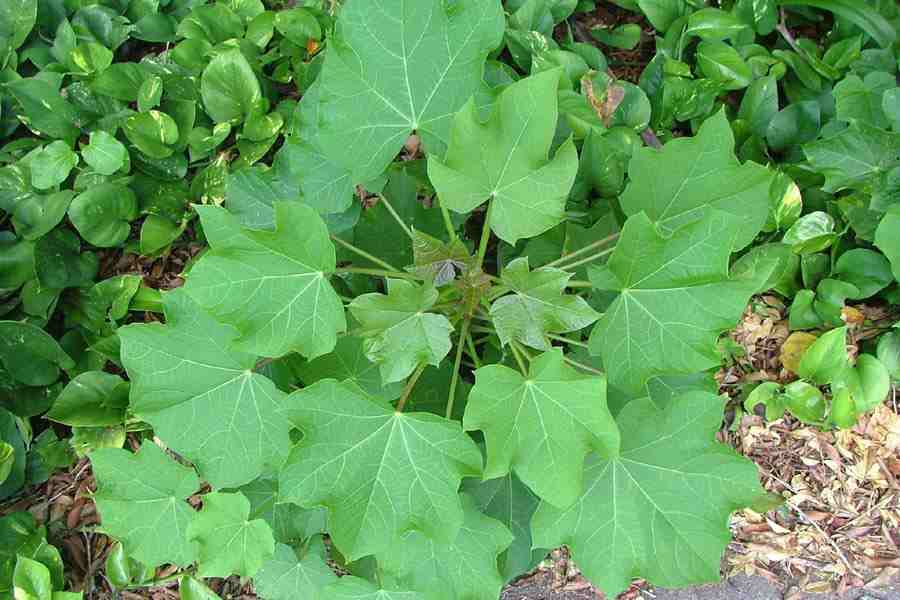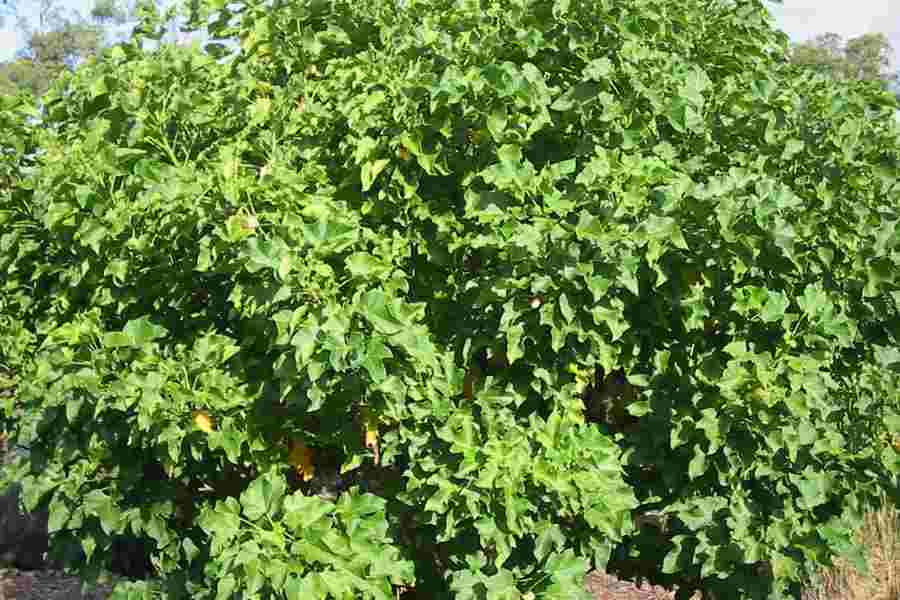
M2 Capital Sdn. Bhd
Add a review FollowOverview
-
Founded Date August 21, 1945
-
Sectors Office
-
Posted Jobs 0
-
Viewed 41
Company Description
Jatropha A Feasible Alternative Renewable Energy

Constantly the biodiesel market is searching for some option to produce sustainable energy. Biodiesel prepared from canola, sunflower and jatropha can change or be integrated with standard diesel. During first half of 2000’s jatropha biofuel made the headlines as a popular and promising option. It is prepared from jatropha curcas, a plant types belonging to Central America that can be grown on wasteland.
Jatropha Curcas is a non edible plant that grows in the deserts. The plant grows extremely quickly and it can yield seeds for about 50 years. The oil obtained from its seeds can be used as a biofuel. This can be combined with petroleum diesel. Previously it has actually been used twice with algae combination to sustain test flight of airlines.

Another favorable approach of jatorpha seeds is that they have 37% oil material and they can be burned as a fuel without fine-tuning them. It is likewise utilized for medical function. Supporters of jatropha biodiesel state that the flames of jatropha oil are smoke free and they are successfully tested for simple diesel engines.
Jatropha biodiesel as Renewable Energy Investment has drawn in the interest of lots of companies, which have evaluated it for automobile use. Jatropha biodiesel has been road evaluated by Mercedes and 3 of the automobiles have actually covered 18,600 miles by using the jatropha plant biodiesel.
Since it is because of some disadvantages, the jatropha biodiesel have not considered as a fantastic renewable resource. The most significant issue is that nobody knows that exactly what the performance rate of the plant is. Secondly they do not know how large scale growing may impact the soil quality and the environment as a whole. The jatropha plant requires five times more water per energy than corn and sugarcane. This raises another problem. On the other hand it is to be noted that jatropha can grow on tropical climates with annual rains of about 1000 to 1500 mm. A thing to be kept in mind is that jatropha requires proper irrigation in the first year of its plantation which lasts for decades.
Recent survey says that it holds true that jatropha can grow on degraded land with little water and poor nutrition. But there is no proof for the yield to be high. This might be proportional to the quality of the soil. In such a case it may need high quality of land and may require the very same quagmire that is dealt with by most biofuel types.

Jatropha has one main disadvantage. The seeds and leaves of jatropha are poisonous to human beings and livestock. This made the Australian federal government to ban the plant in 2006. The government stated the plant as invasive species, and too risky for western Australian agriculture and the environment here (DAFWQ 2006).
While jatropha has promoting budding, there are number of research obstacles remain. The value of cleansing needs to be studied due to the fact that of the toxicity of the plant. Along side an organized research study of the oil yield have actually to be undertaken, this is extremely essential since of high yield of jatropha would most likely needed before jatropha can be contributed significantly to the world. Lastly it is also very essential to study about the jatropha species that can survive in more temperature environment, as jatropha is quite in the tropical climates.











